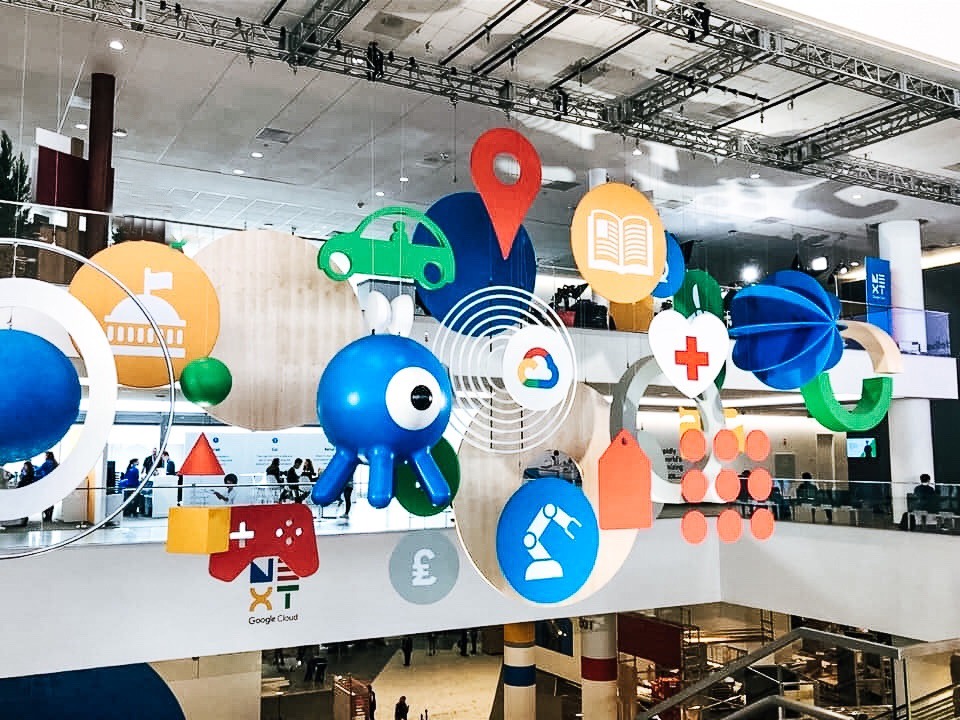
Last week was the Google Next conference, where about 30,000 partners, GCP enthusiasts, and spectators came together at a crowded Moscone Center in San Francisco. The booths alone were worth the price of admission, being both incredibly creative and fun to interact with (e.g., an AI bot that would guess what style of pizza you were showing it). However, the purpose of the conference was for people to co-mingle, see industry demonstrations, and hear what new items Google plans to be adding to their already impressive suite of tools on GCP. AI was of course a big topic and there were 29 different announcements made related to that area. A week later and the one announcement that’s still in my mind is that of AutoML.
AutoML is nothing new to me, I’ve had early access to AutoML Vision for about the last 3 months. It’s actually the tool we used for creating the models AES talked about in their presentation at Next. However, I wasn’t aware that Vision is just one member of a large AutoML family. In addition to AutoML Vision, there are solutions for text classification, translation and standard tables.
I’ve kicked the tires on AutoML Vision and I can say Google has made a great tool that provides an easy solution for a task that can be daunting to those not familiar with computer vision. However, with the addition of these other AutoML services, Google is saying “We don’t want to just automate the hard stuff, we want to automate it all!”
So, is Google trying to automate away the jobs of data scientists? Sure, to some degree you could argue that, but what they’re really interested in is capturing some of that sweet machine learning market share. Their AutoML solution directly competes with companies like DataRobot and even SAS. If you look at some of those traditional analytics companies, you quickly see they make money through licenses and subscriptions. It’s a model that has served them well for many years. SAS is one of the largest privately held companies and has consistently shown strong growth. However, Google may be disrupting this business model.
Take SAS for example, to even get started you have to meet with a sales rep, figure out what version is best for your business, establish where and how you want the software hosted, then you need someone who knows how to write SAS code. Compare this to Google’s NoOps approach where not only do you not have to worry about licenses, but also where and how you’re going to host everything. Instead you just upload your data to GCP, point and click to automatically create a custom model, and you only pay for the processing power you use. With GCP and AutoML you can literally have a solution working within an afternoon. With other companies you’re looking at weeks before you’re even setup.
Quick deployment time and the low up-front costs make Google an obvious solution for not just small companies, but any company that is looking to get started with machine learning. Google is consciously lowering the bar for data science solutions. With AutoML, you just need data and a bright developer and you’re more or less off to the races.
There are also drawbacks to using AutoML. Currently you can’t export your model. Google will create it for you but then it’s in a walled garden that can only be accessed through a billed API. There is also a dearth of feedback and parameter customization, things that DataRobot does very well. It’s not a one size fits all solution, and it’s not meant to be. But for a beta released product, it’s going to be very interesting to see where it goes from here.

